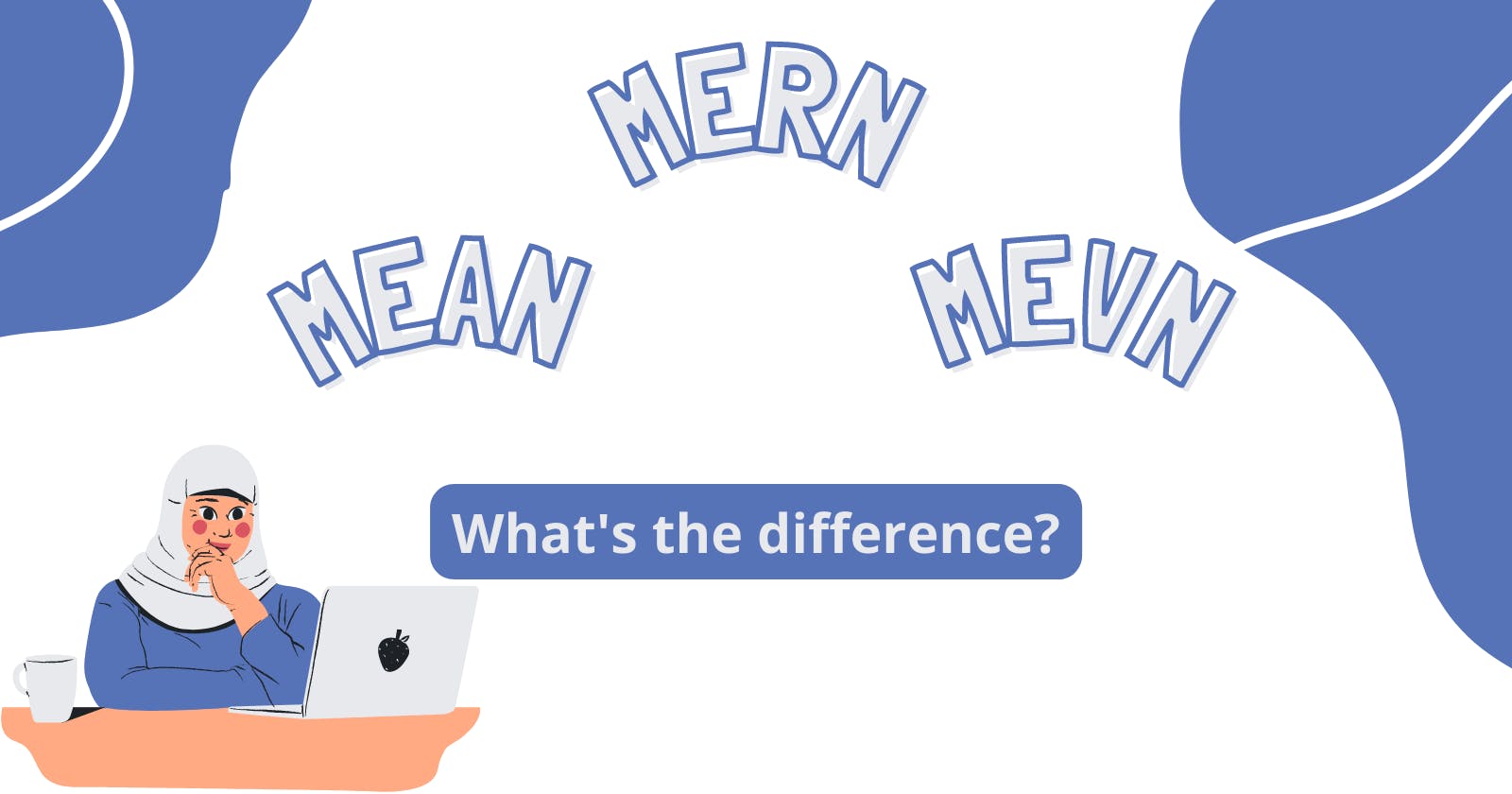Full-stack development is essential in the world of web development. In today’s world, the demand for a full-stack developer is increasing. Several full-stack development frameworks exist, including the MEAN, MERN, and MEVN stacks. Now let us understand the variations in them.
In those stacks, there are 3 common letters:
They are the Backend technologies
M: MongoDB

Cross-platform Document-Oriented Database used for storing data for a back-end JavaScript application. MongoDB is a NoSQL database where each record is a document comprising key-value pairs similar to JSON (JavaScript Object Notation) objects. MongoDB is flexible and allows its users to create schemas, databases, tables, etc. Documents that are identifiable by a primary key make up the basic unit of MongoDB. Once MongoDB is installed, users can access Mongo Shell as well. Mongo Shell provides a JavaScript interface through which users can interact and carry out operations (ex: querying, updating, and deleting records).
Why use MongoDB?
Fast
Scalability
Use of JavaScript
Schema Less
Data stored in the form of JSON
Simple Environment Setup
Flexible Document Model
E: Express.js

A light backend framework for serving content to the web. Express is a Node.js framework. Rather than writing the code using Node.js and creating loads of Node modules, Express makes it simpler and easier to write the back-end code. Express helps in designing great web applications and APIs. Express supports many middlewares which makes the code shorter and easier to write.
Why use Express?
synchronous and Single-threaded.
Effecient, fast & scalable
Has the biggest community for Node.js
Express promotes code reusability with its built-in router.
Robust API
N:Node.js
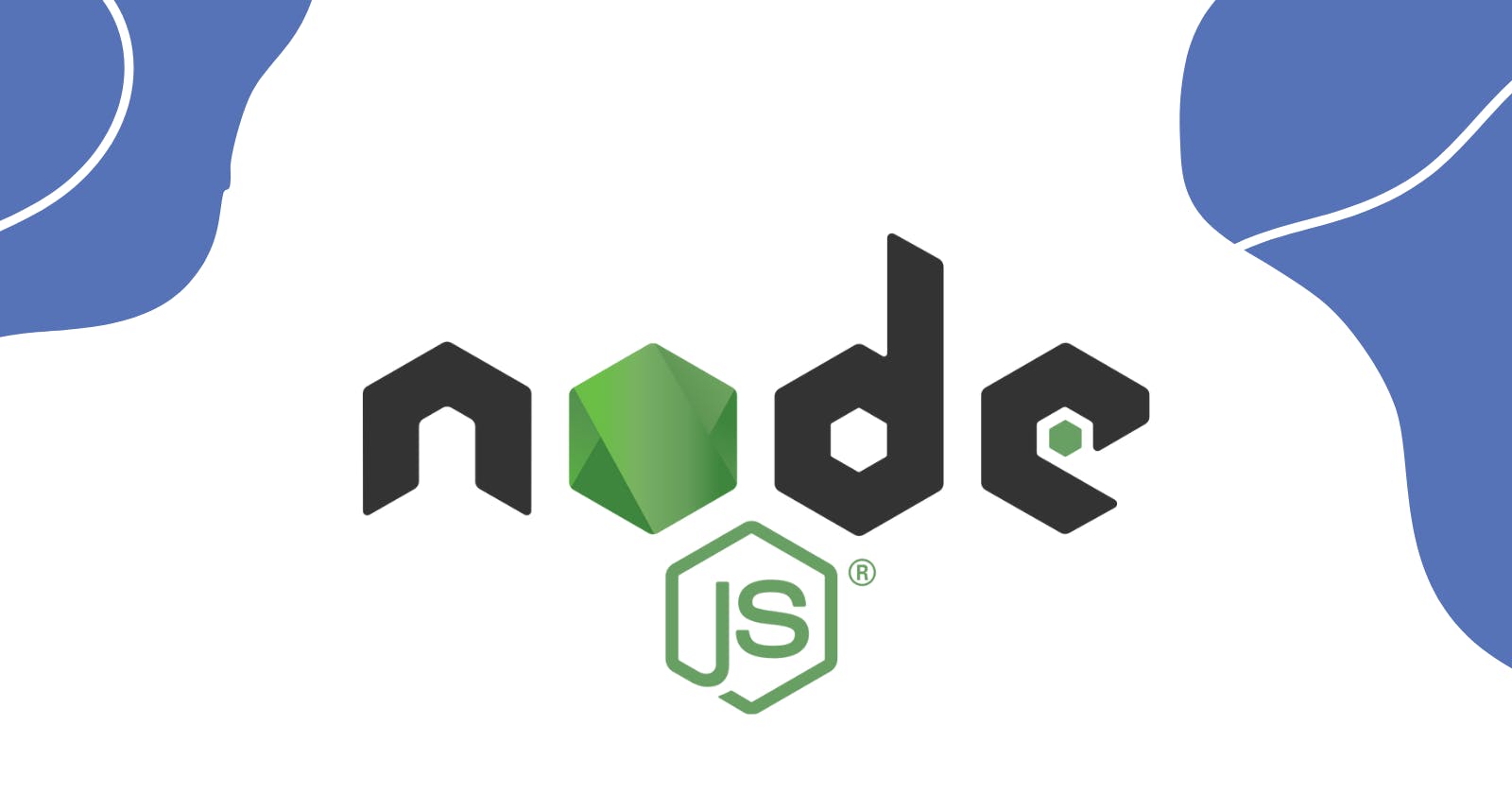
JS Runtime Environment Node.js provides a JavaScript Environment which allows the user to run their code on the server (outside the browser). Node pack manager i.e. npm allows the user to choose from thousands of free packages (node modules) to download.
Why use Node.JS?
Open-source JavaScript Runtime Environment
Single threading
Data Streaming
Fast
Highly Scalable
Next the different letters in between:
The Frontend technologies are R - A - V:
R: React
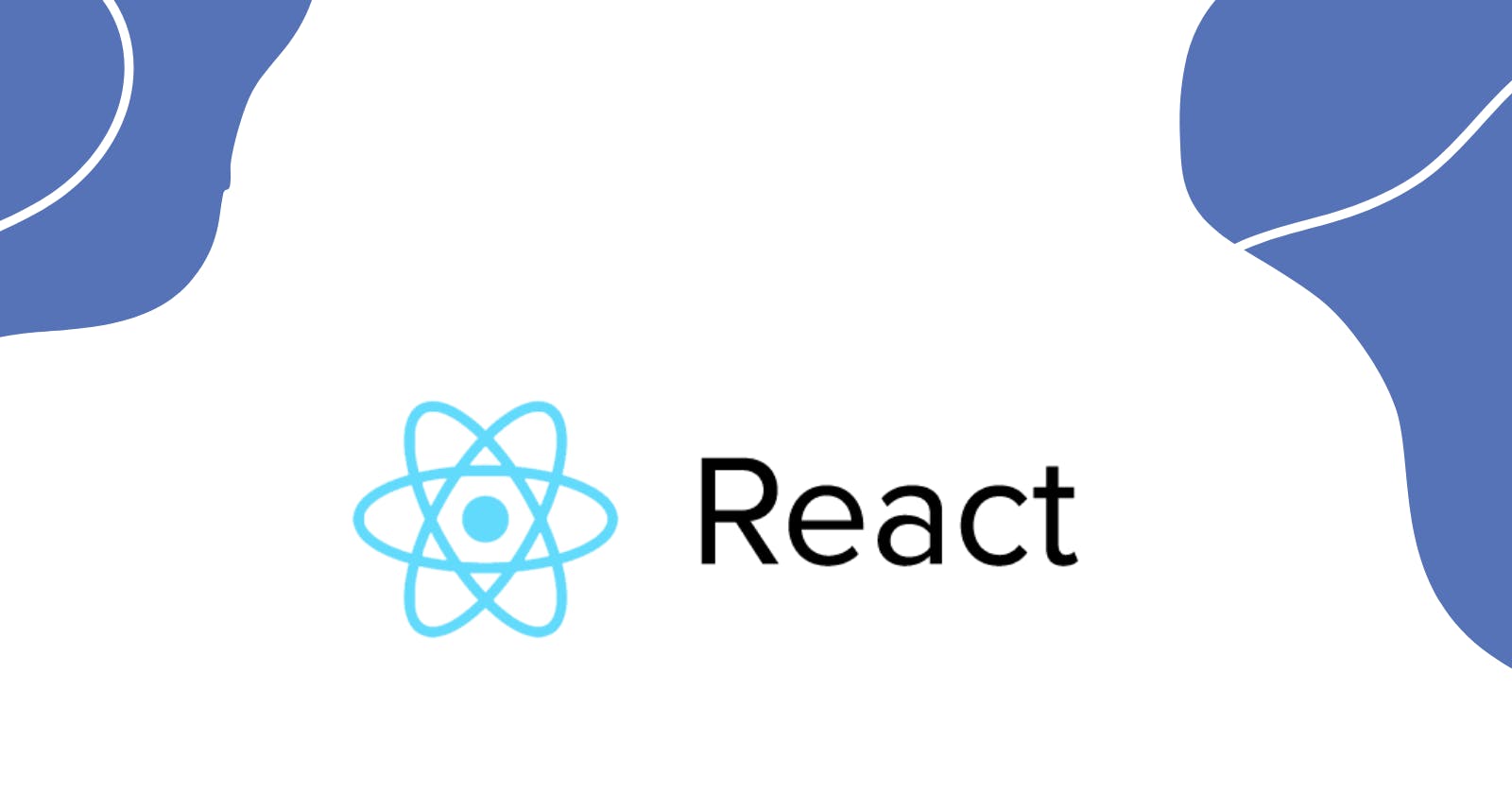
Front-end library for creating web applications to be run inside the browser. React is used for building user interfaces and developing single-page and mobile applications because of its ability to handle rapidly changing data. It’s highly customizable and adept at scaling for massive numbers of users, which makes it easy for teams to be confident about future growth.
A: Angular

TypeScript-based, free and open-source framework for developing web, mobile, and native desktop applications. Angular is popular in the business world and is often used by traditional organizations. It isn’t very customizable. Angular helps build interactive and dynamic single-page applications (SPAs) through its compelling features that include templating, two-way binding, modularization, RESTful API handling, dependency injection, and AJAX handling.
V: Vue
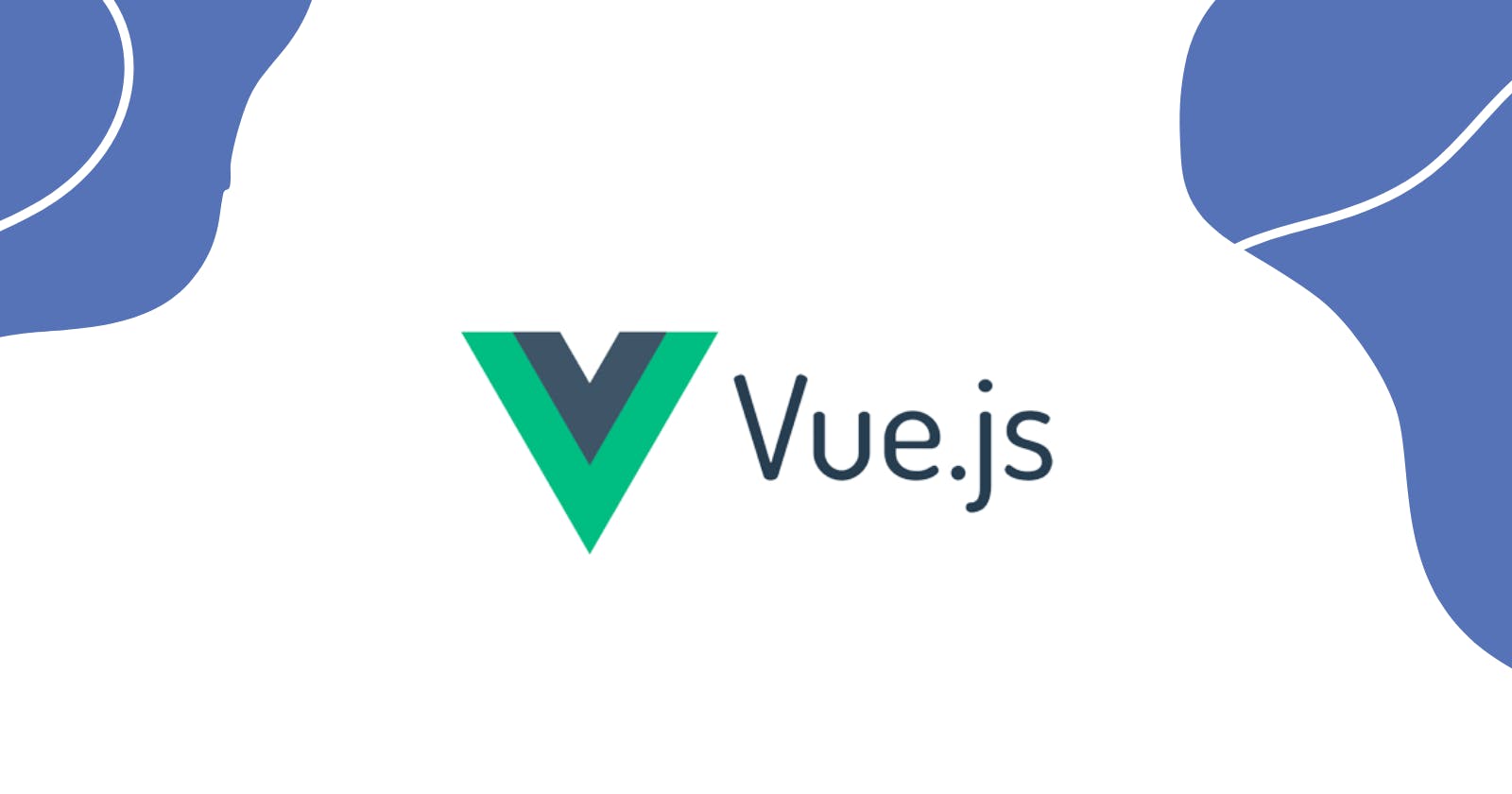
An easy-to-learn JavaScript framework. It’s known for its approachability, versatility, quality documentation, and speed. It is a progressive framework for building user interfaces. It is designed from the ground up to be incrementally adoptable, and can easily scale between a library and a framework depending on different use cases. It consists of an approachable core library that focuses on the view layer only, and an ecosystem of supporting libraries that helps you tackle complexity in large Single-Page Applications.
Let's talk about them as a whole:
MERN Stack
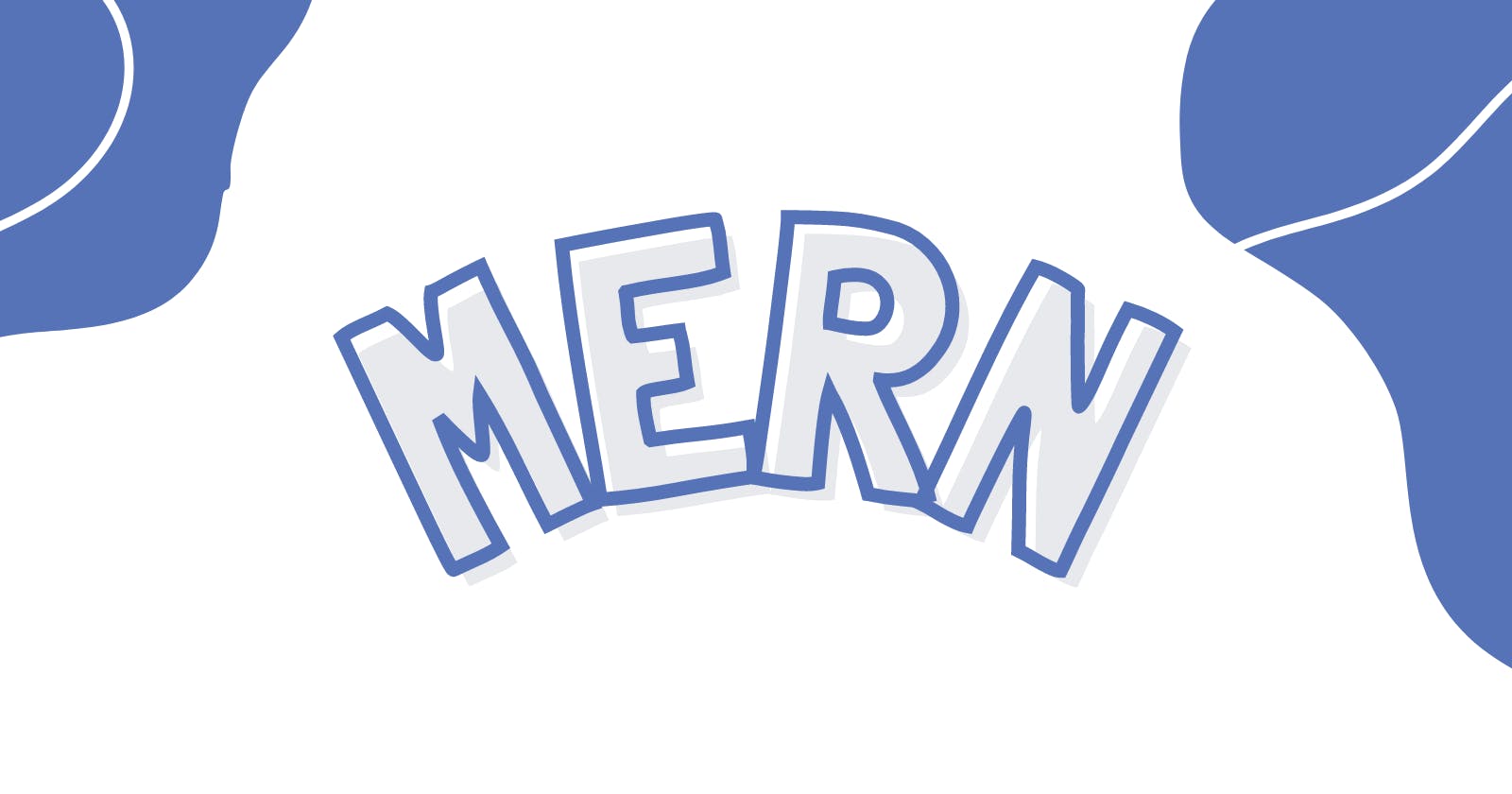
M: MongoDB
E: ExpressJS
R: ReactJS
N: NodeJS
The MERN is used for easier and faster deployment of full-stack web applications. Following the traditional 3-tier architectural pattern, including the front-end display tier (React.js), application tier (Express.js and Node.js), and database tier (MongoDB).
MEAN Stack

M: MongoDB
E: ExpressJS
A: AngularJS
N: NodeJS
By using MEAN, developers can easily reuse the code across the App without getting into the hassle of reinventing code every single time. MEAN uses AngularJS as a front-end framework, which is one of the most preferred frameworks of traditional organizations.
MEVN Stack
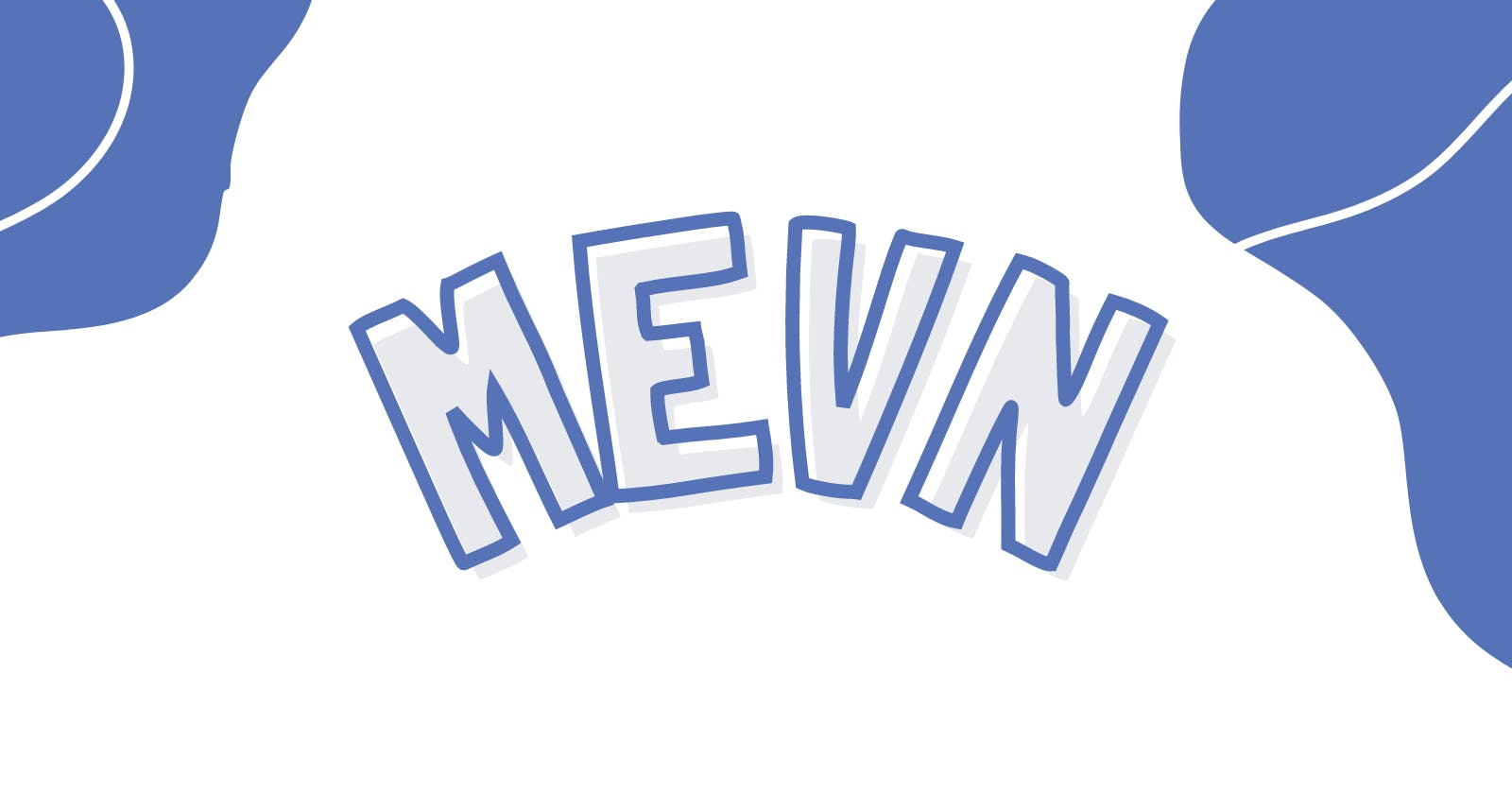
M: MongoDB
E: ExpressJS
V: VueJS
N: NodeJS
MEVN uses Vue.js as an open-source framework for developing highly interactive interfaces. Undoubtedly, this newest technology stack is fast and easy to use, but it has less community support compared to other technologies.
Conclusion
Thank you for your time. I hope you found it useful. ❤️
If you enjoyed this article and want to be the first to know when I post a new one, you can follow me on Twitter @habibawael02 or here at Habiba Wael
